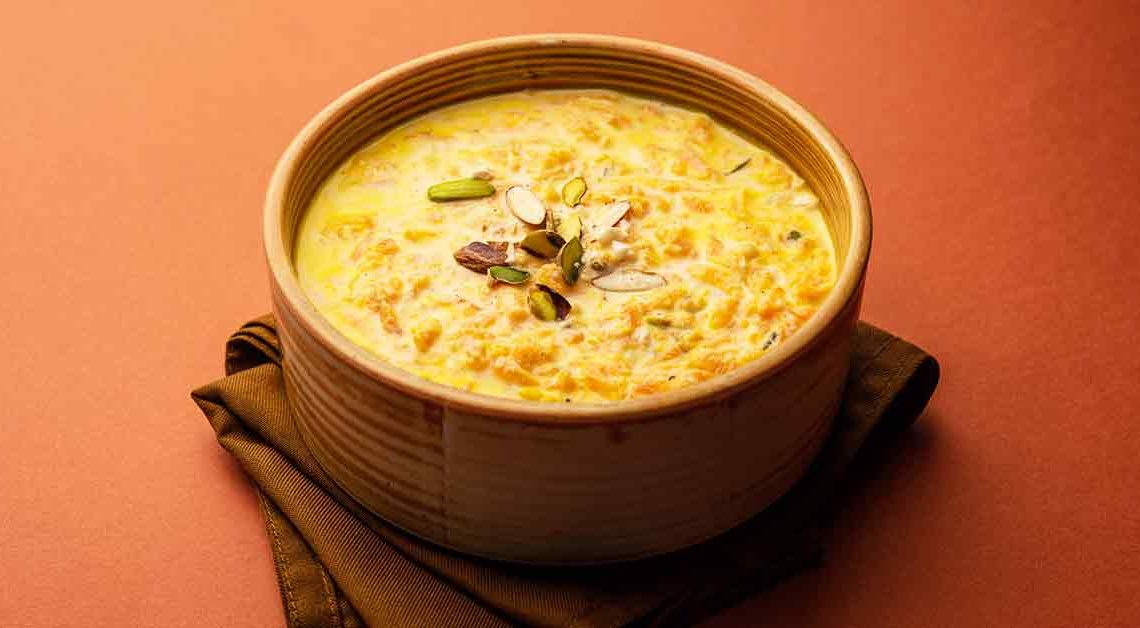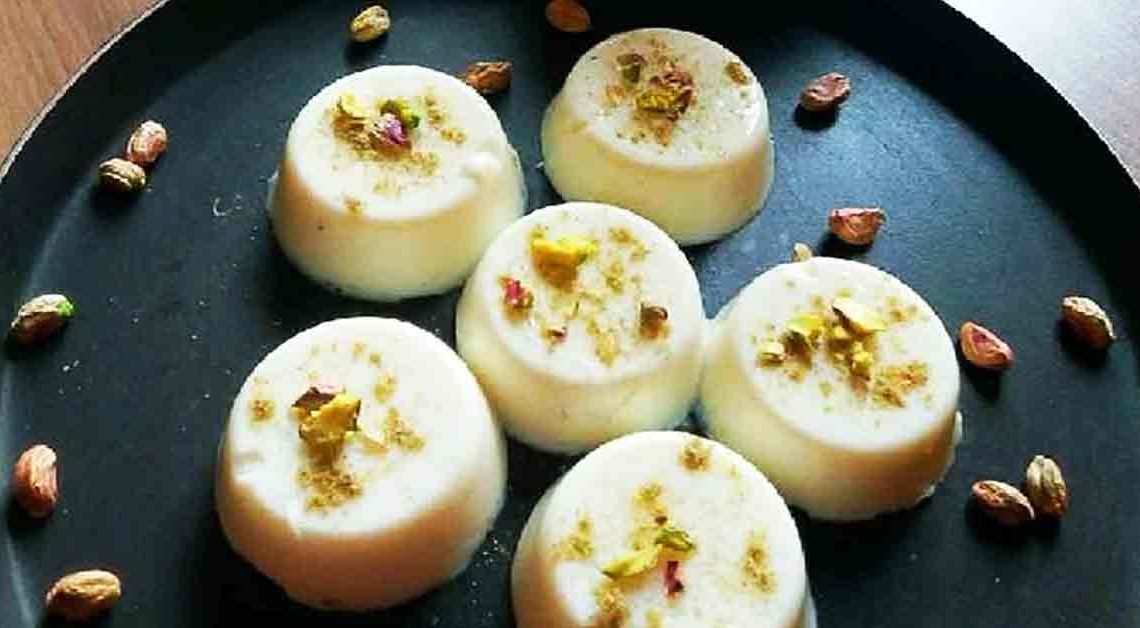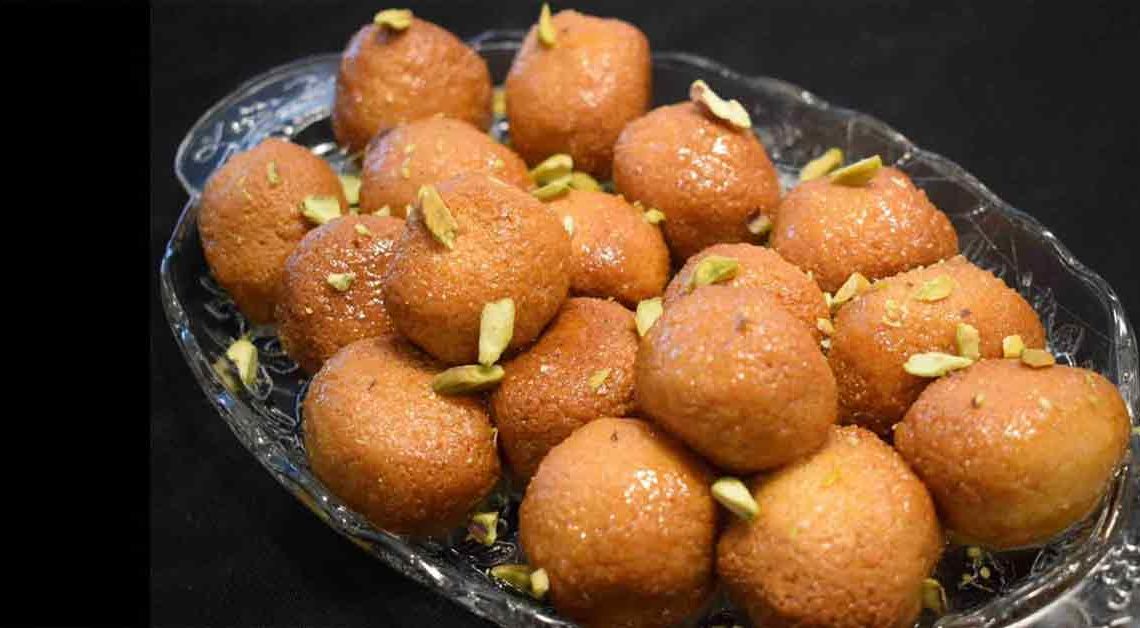A Sweet Twist on Healthy Indulgence: Carrot Kheer

Welcome to Mithainama! a culinary adventure that promises to tickle your taste buds and nourish your soul – our exploration of the delectable world of Carrot Kheer!
Carrots are often celebrated as a versatile vegetable, but have you ever imagined them as the star of a dessert? Carrot Kheer, a delightful Indian sweet concoction, is a testament to the culinary creativity that transforms this humble root into a creamy, fragrant, and utterly delicious treat.
Join us as we embark on a journey to uncover the secrets behind this enchanting dessert, tracing its rich cultural history, and discovering the myriad variations that have emerged over time. We’ll dive into the traditions that have made it a cherished part of Indian festivals and celebrations, from Diwali to Holi.
So, if you’re ready to embark on a journey that combines healthiness with indulgence, tradition with innovation, and flavor with finesse. Let’s discover the tantalizing world of Carrot Kheer together! Your taste buds are in for a sweet surprise.
Origin of Carrot Kheer
Carrot Kheer, also known as “Gajar ki Kheer” in Hindi, is a delightful Indian dessert with its roots firmly planted in the rich tapestry of Indian culinary history. While the exact origin of this sweet dish is not documented, it is believed to have evolved over centuries as part of the diverse and vibrant Indian cuisine.
One of the key factors contributing to the emergence is the availability of carrots in the Indian subcontinent. Carrots have been cultivated in the region for centuries and were likely introduced to India during ancient times. The naturally sweet and vibrant orange vegetable became a versatile ingredient, finding its way into both savory and sweet dishes.
It gained popularity as a festive dessert, often prepared during special occasions and celebrations like Diwali, Holi, and weddings. Its vibrant color and delightful taste added a touch of joy to these festive gatherings.
History of Carrot Kheer
The history of Carrot Kheer, a delectable Indian dessert, is a journey through time that showcases the evolution of culinary creativity and cultural influences in the Indian subcontinent.
The roots can be traced back to ancient India, where the use of carrots as a versatile ingredient was already established. Carrots, with their natural sweetness and vibrant color, found their way into various dishes.
Over centuries, Gajar ki Kheer became a part of Indian festivities and celebrations, appreciated for its delicious taste and the auspiciousness associated with carrots. The vibrant orange hue of carrots symbolized prosperity and good fortune.
The Mughal Empire, which ruled over India for several centuries, significantly influenced Indian cuisine. It’s believed that the Mughals introduced new cooking techniques and ingredients, which may have been further enriched with the addition of aromatic spices like cardamom, saffron, and nuts.
Cultural Significance
Carrot Kheer holds cultural significance in Indian cuisine, representing a blend of tradition, symbolism, and culinary innovation. Its cultural importance can be understood through several facets:
Festive Celebrations: It is often prepared during various Indian festivals and celebrations. Its vibrant orange color symbolizes auspiciousness, making it a favorite during occasions like Diwali, Holi, and weddings.
Adaptation and Evolution: The popularity showcases the adaptability of Indian cuisine. It represents how traditional recipes can evolve over time, incorporating new ingredients and flavors while maintaining their cultural roots.
Regional Variations: Different regions of India have their own unique variations of Carrot Kheer. For instance, in the southern state of Kerala, Carrot Payasam is a popular dessert made with grated carrots, milk, and jaggery, showcasing how a single dish can take on diverse regional characteristics.
Where is Carrot Kheer Famous?
It is particularly famous in the Indian subcontinent, where it is a cherished dessert with regional variations and cultural significance. Here are some of the places where Carrot Kheer is particularly famous:
India: It is widely popular throughout India. It is prepared and enjoyed in homes across the country, especially during festivals and special occasions. Different states in India may have their own unique twists on the recipe.
Pakistan: Carrot Kheer, known as “Gajar ki Kheer” in Urdu, is a popular dessert in Pakistan as well. It is made and relished by Pakistani households, especially during Ramadan and other festive occasions.
Bangladesh: In Bangladesh, Gajar ki Kheer is a beloved dessert often prepared for celebrations and family gatherings. It is known as “Gajorer Payesh” in Bengali.
Interesting Facts and Trivia
Certainly! Here are some interesting facts and trivia related to Carrot Kheer:
- Carrots have been cultivated for over 5,000 years, with their origins traced back to areas around present-day Afghanistan. This suggests that carrots, a key ingredient in Carrot Kheer, have been part of human diets for millennia.
- Some variations include saffron strands, which not only impart a luxurious aroma and flavor but also a beautiful golden color to the dessert. Saffron has a rich history and is one of the world’s most expensive spices.
- In Ayurveda, an ancient Indian system of medicine, carrots are considered a beneficial and nutritious vegetable. Carrot Kheer, with its use of carrots, aligns with the principles of Ayurveda, which emphasizes the health benefits of natural ingredients.
- Many recipes call for the addition of nuts like almonds, cashews, and pistachios, as well as dried fruits like raisins. These ingredients not only enhance the flavor and texture but also provide additional nutrition.
- While it is particularly famous in the Indian subcontinent, similar carrot-based desserts are found in other cuisines. For instance, in the Middle East, “Carrot Halwa” or “Gajar Halwa” is a dessert made from grated carrots, sugar, and milk.
Did You Know?
Carrot Kheer is not just a delicious dessert; it’s a sweet indulgence that offers numerous health benefits too!
- Carrots are renowned for their high beta-carotene content, which the body converts into vitamin A. This nutrient is essential for maintaining good vision and may help prevent night blindness.
- Carrots are rich in antioxidants, including vitamin C, which can help combat free radicals in the body, potentially reducing the risk of chronic diseases.
- It provides a combination of essential vitamins and minerals, such as potassium, vitamin K, and vitamin B6, contributing to overall well-being.
- Carrots are low in calories and high in fiber, making you feel full and satisfied, which can aid in weight management when consumed in moderation.
- The antioxidants in carrots can promote healthy skin by reducing oxidative stress and protecting against premature aging.







